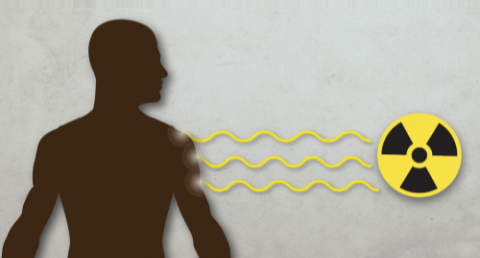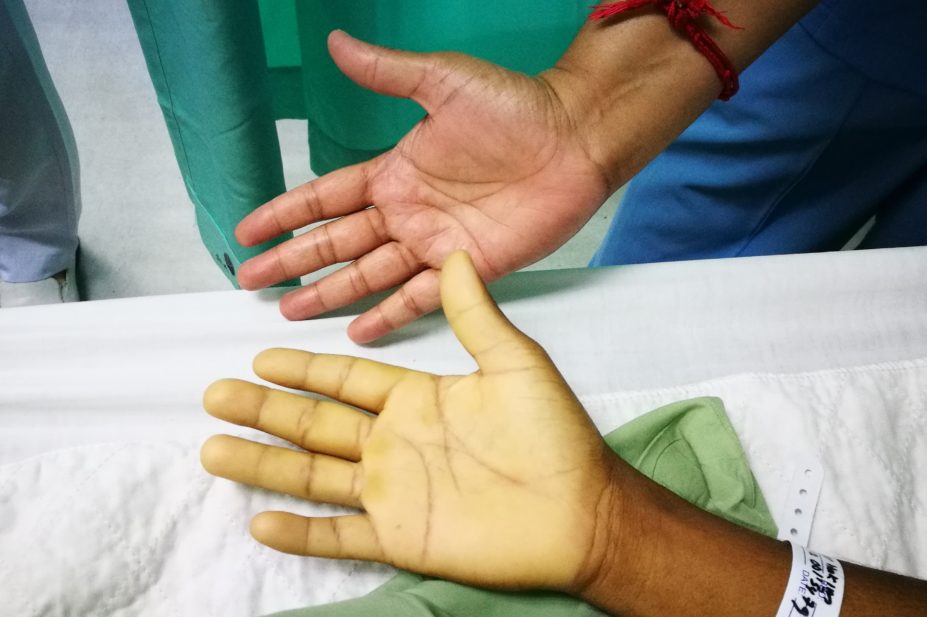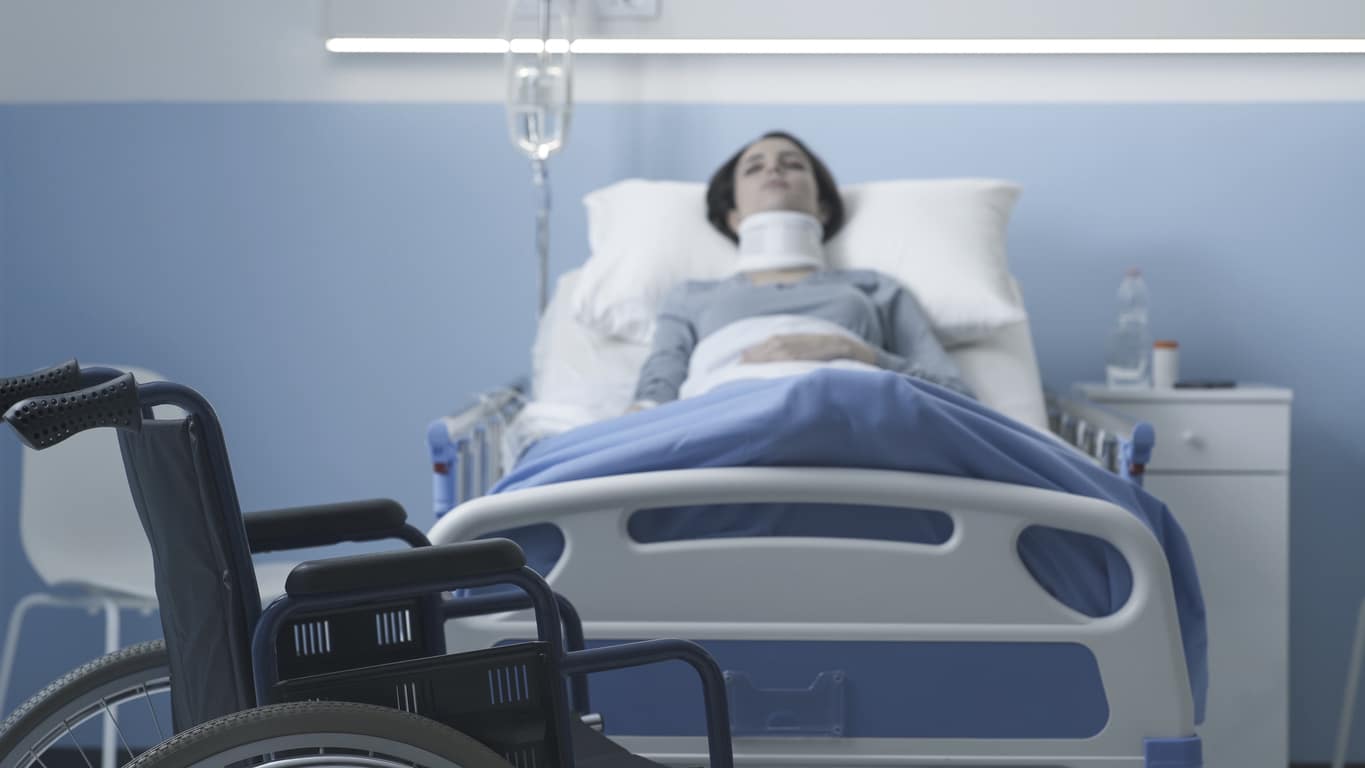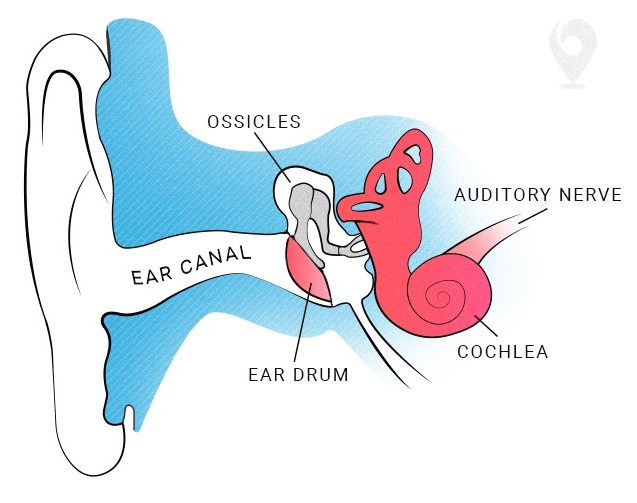Hyperbaric Oxygen Therapy (HBOT) is a versatile and powerful medical treatment that involves breathing pure oxygen in a pressurized chamber.
Over the years, HBOT has been recognized for its effectiveness in treating a wide range of medical conditions by enhancing the body's natural healing processes, improving oxygen delivery to tissues, and supporting recovery from various injuries and illnesses.
Here are some top 10 conditions that can be treated by Hyperbaric Oxygen Therapy.
See how Hyperbaric Oxygen Therapy Works here.
1. Chronic Wounds
Chronic wounds, especially those related to diabetes, can be stubborn and slow to heal. Studies have shown that hyperbaric oxygen therapy (HBOT) can significantly accelerate the healing process by increasing oxygen levels in affected tissues, promoting angiogenesis, and reducing inflammation. A study by the American Diabetes Association. further supports this, finding that HBOT significantly improved outcomes for diabetic foot ulcers compared to standard care. The study reported a 66% wound healing rate with HBOT versus 0% in the control group, reduced the need for surgical interventions (16% vs. 100%), and lowered the rate of amputations (8% vs. 82%). This evidence highlights the potential of HBOT in effectively managing chronic diabetic wounds.

Photo from: Monterey Bay Vascular
2. Radiation-Induced Tissue Damage
Patients undergoing radiation therapy for cancer often suffer from long-term tissue damage, such as osteoradionecrosis and soft tissue necrosis. Hyperbaric Oxygen Therapy (HBOT) has been proven effective in mitigating these radiation-induced injuries, with an 80% success rate in improving symptoms. While the tissue may not fully return to normal, HBOT helps reduce symptoms like dry mouth, promotes healing of damaged tissues, stops bleeding from ulcers, enhances bone cell function in irradiated areas, and improves neurological symptoms caused by radiation damage. Study Link.

Photo from: Radiation Solutions
3. Carbon Monoxide Poisoning
One of the most well-known uses of hyperbaric oxygen therapy (HBOT) is in the treatment of carbon monoxide poisoning. The therapy works by rapidly displacing carbon monoxide from hemoglobin, restoring normal oxygen levels in the blood. According to the study by Jerome B. Buboltz and Marc Robins from Aurora Medical Center, HBOT is particularly recommended for severe cases, especially when there are neurological deficits, loss of consciousness, or during pregnancy. HBOT increases oxygen delivery to tissues and reduces the risk of delayed neuropsychiatric syndrome (DNS). It is most effective when administered within the first 6 hours post-exposure, with treatment protocols generally following or modifying the Weaver protocol.
![]()
4. Decompression Sickness (The Bends)
Decompression sickness, commonly known as "the bends," is a risk for divers who ascend too quickly. Hyperbaric oxygen therapy (HBOT) is the standard and primary treatment for this condition, as it helps reduce nitrogen bubbles in the blood that can cause severe joint pain, paralysis, or even death. HBOT immediately reduces the amount of bubbles in the bloodstream, oxygenates tissues, and minimizes dangerous swelling. According to Johns Hopkins Medicine, it is crucial to seek treatment as soon as possible, even if symptoms subside after returning to normal altitude, to prevent long-term damage.

Photo from: Wikipedia
5. Severe Anemia
In cases where blood transfusions are not possible, hyperbaric oxygen therapy (HBOT) can provide a temporary solution by supplying the body with oxygen directly through plasma. According to the study by Kelly Johnson-Arbor from MedStar Georgetown University Hospital and Jeffrey S. Cooper from the University of Nebraska Medical Center, HBOT offers short-term relief by increasing oxygen levels in the blood, with severe cases potentially requiring multiple daily sessions. The treatment should be accompanied by nutritional support and iron supplementation, with the use of adjunct therapies to reduce oxygen consumption and minimize blood loss.

Photo from: The Pharmaceutical Journal
6. Intracranial Abscesses
Hyperbaric Oxygen Therapy is increasingly used as an adjunctive treatment for intracranial abscesses, a life-threatening condition characterized by pus accumulation in the brain. By enhancing the oxygen supply to the brain, HBOT helps control the infection and supports the action of antibiotics. The study from the Undersea and Hyperbaric Medical Society highlights HBOT's benefits, including inhibiting anaerobic bacteria, reducing brain swelling, and improving patient outcomes, with a reported mortality rate of only 1.5% among treated patients.

7. Crush Injuries and Compartment Syndrome
Crush injuries and compartment syndrome can lead to significant tissue damage due to reduced blood flow. Hyperbaric oxygen therapy (HBOT) has been shown to improve oxygenation, reduce edema, and promote healing in these conditions. The study by Herron et al. (University Hospitals Cleveland Medical Center) supports these findings, highlighting HBOT's effectiveness in enhancing oxygen delivery to damaged tissues and supporting recovery, particularly when surgical intervention alone may not be sufficient.

Photo from: Hollander Law Firm
8. Skin Grafts and Flaps
According to a study by Ashish Francis and Richard C. Baynosa from the Division of Plastic Surgery at the University of Nevada School of Medicine, hyperbaric oxygen therapy (HBOT) is an effective treatment for compromised grafts and flaps in reconstructive surgery. HBOT enhances survival by increasing oxygen levels, stimulating tissue regeneration, and promoting angiogenesis, which improves blood vessel growth and circulation, reducing the risk of infection and tissue death. The therapy is most beneficial when administered promptly, especially if surgical remedies are inadequate, with recommended treatments at 2.0–2.5 ATA for 90 to 120 minutes, initially twice daily and then transitioning to once daily as the tissue shows improvement.

9. Osteomyelitis
Chronic osteomyelitis, an infection of the bone, can be challenging to treat with antibiotics alone. According to Dr. Dan Rose in American Family Physician, hyperbaric oxygen therapy (HBOT) enhances the effectiveness of antibiotics and boosts the body’s immune response, leading to remission rates of 81 to 85 percent over two to three years. By breathing 100 percent oxygen in a pressurized chamber, patients benefit from improved immune function, bone healing, and infection control. Typically, HBOT involves 90-minute sessions, five days a week, for 20 to 60 treatments. Given its effectiveness, HBOT should be considered for patients with this difficult-to-treat condition.

10. Sudden Sensorineural Hearing Loss
Sudden Sensorineural Hearing Loss (SSNHL) is an unexplained, rapid loss of hearing that can occur suddenly. According to UCLA Health, hyperbaric oxygen therapy (HBOT) is a promising treatment option for SSNHL. HBOT involves breathing pure oxygen in a pressurized chamber, which improves oxygen delivery to the inner ear and can aid in hearing recovery. Research has found that HBOT is particularly effective when administered early, with treatment typically involving 10 to 20 sessions. For those considering HBOT, it is important to consult with a healthcare provider to determine suitability and to ensure the therapy is conducted in a certified medical facility.

Photo from: Zip Hearing
Hyperbaric Oxygen Therapy (HBOT) provides powerful benefits for a wide range of medical conditions, promoting faster healing and better outcomes. At Morelli Medical, we offer a variety of hyperbaric chambers tailored to your needs. Our experts are here to help—reach out with any questions or inquiries by calling 866-338-2838 or email us at info@morellimedical.com, and we'll help you on anything that you need in your healing journey.

